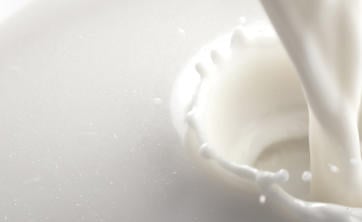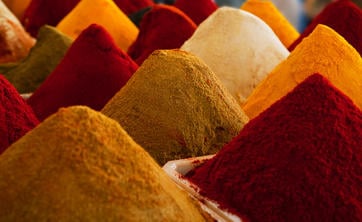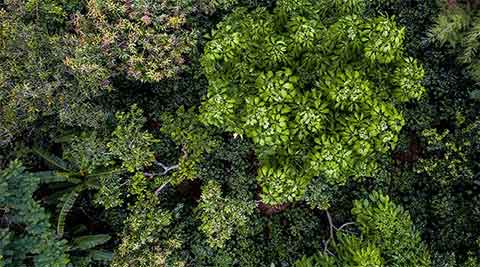Soy sourcing

Soy is an important crop for Nestlé. We source it in two main forms: direct soy (soybean oil, soybean meal and derivatives) and indirect soy (animal feed).
Our main uses of soy are for our pet food business and plant-based products. Although not usually labor-intensive, soy production can be linked to the degradation of natural habitats and land rights issues. Nestlé is continually improving the traceability of the soy we source, throughout the supply chain.
Our progress toward responsible soy sourcing
Our approach to sourcing soy sustainably
Alongside our partner, Proforest, we have developed a ‘theory of change’ model for the way we source soy. The model sets approaches for both direct and indirect soy sourcing and embeds our learnings with suppliers and key stakeholders. The model helps us strive for a continuous supply of soy from responsible sources, while playing a part in developing resilient communities and helping to safeguard natural resources.
Our responsible sourcing work currently focuses on assessing and addressing risks of deforestation and conversion of natural habitats. In addition, we are piloting and planning a set of regenerative agriculture programs linked to our soy supply chains across North America, Latin America and Europe.
Beyond our supply chain, we foster collaboration between our programs and landscape initiatives in priority origins to create shared value for soy producers. We aim to achieve:
- The decoupling of soy expansion from the conversion or destruction of natural habitats
- The adoption of best practices in soy production
- Equal, safe and decent conditions for workers involved in soy production
- Improved access to land and resources for local communities living in soy-producing landscapes

Responsible sourcing initiatives in soy
Reducing deforestation risks and biodiversity loss
Deforestation and conversion of natural habitat is a risk within soy supply chains in certain parts of Brazil, Argentina and Paraguay. We are working towards deforestation-free supply chains as part of our Forest Positive strategy. We use supply chain mapping, certification and on-the-ground verification to assess and address risks of deforestation or conversion of natural habitat in our supply chains. For our embedded soy supply chain, we have developed a methodology to estimate our embedded soy footprint and our exposure to high-risk origins.
Regenerative ranching and agriculture in Latin America
The Nature Conservancy is leading regenerative agriculture efforts in Latin America through The Future of Latin America is Regenerative program. This involves engaging the agrifood sector in ecosystem-based adaptation (EbA) projects to transform three million hectares of agricultural land into regenerative landscapes that aim to benefit climate, biodiversity, productivity, and producers.
The program also includes the Regenerative Ranching & Agriculture (R2A) strategy across Latin America, which aims to embed regenerative agriculture practices in food production while actively restoring natural systems.
Supported by Nestlé financially, as well as with critical private sector leadership, these projects aim to demonstrate how agriculture can flourish while preserving the delicate ecological balance essential to our planet’s future. It, therefore, connects closely with Nestlé’s path to net zero by 2050 and our regenerative agriculture approach.

Collective action and engagement
We understand that nurturing sustainable practices in complex supply chains, such as that for soy, poses challenges that no one company can solve alone. Our approach to responsible sourcing includes actions within and beyond our supply chain, including engaging with suppliers and key stakeholders across soy production landscapes.
As part of the Consumer Goods Forum’s Forest Positive Coalition of Action, Nestlé co-chairs the Soy Working Group and contributed to the development of the Soy Roadmap (pdf, 2.9Mb).
You can read the most recent Forest Positive annual report from Consumer Goods Forum: Perspectives on Progress (pdf, 12.8Mb).
Improving transparency, traceability and mapping risks
To drive industry-wide transparency, we publish the list of our soy suppliers in our supply chain (pdf, 231Kb), along with their countries of origin.
We also engage with suppliers to progressively map their location and the origin of the soy production. This is important so we can understand our exposure to non-compliance based on our Responsible Sourcing Standard – and also to raise awareness among our suppliers that improved traceability in the soy sector is critical.
We have estimated our embedded soy footprint and the portion (pdf, 314Kb) which has potential exposure to countries with ongoing deforestation and conversion risks






















